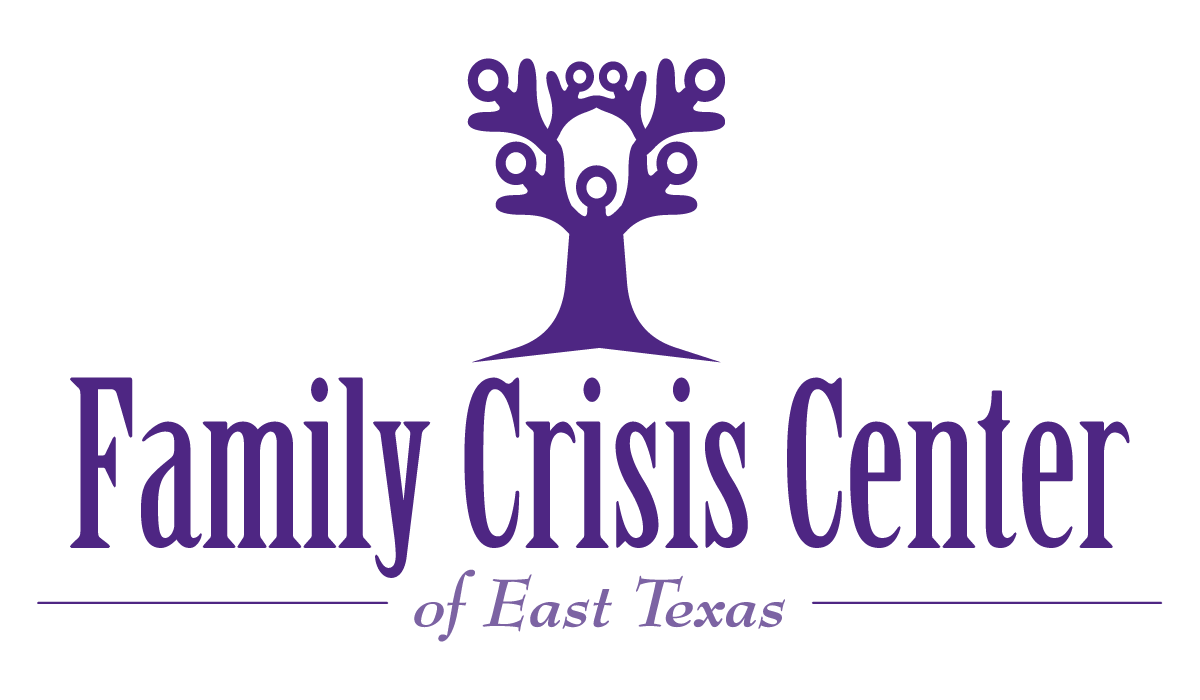Follow Us x
Contact Info x
What is Human Trafficking?
Human trafficking involves the use of force, fraud, or coercion to obtain some type of labor or commercial sex act.
What is sex trafficking?
Sex trafficking is a form of modern-day slavery in which individuals perform commercial sex through the use of force, fraud, or coercion. Children under the age of 18 are considered victims regardless if force, fraud, or coercion is present. Sex trafficking can occur in the commercial sex industry, massage parlors, escort services, in the streets, truck stops, and many other avenues.
Signs of Sex Trafficking
- A person under the age of 18 selling sex
- Branding - being coerced into getting a tattoo as a way to signify a victim belongs to a trafficker
- Clothes are inappropriate for the weather
- Signs of unusual wealth without any explanation
- Another person is speaking for the victim
- Fearful or nervous when officials get brought up
What is forced labor or labor trafficking?
Forced labor occurs when individuals are compelled to provide work or service through the use of force, fraud, or coercion and often can be found in the agriculture business, construction sites, domestic servitude, restaurants, and other avenues.
Signs of labor trafficking
- Important documents are withheld
- Living and working in the same place
- Not given proper safety equipment
- Working long or unusual hours with no or little breaks
- High-security measures in place of employment or place of residence
To report suspected human trafficking, call the National Human Trafficking Hotline Center at 1-888-373-7888 or go to http://humantraffickinghotline.org.
If you think you or someone you know is being trafficked, please call the 24-hour domestic violence and sexual assault hotline at 1-800-828-7233 (SAFE).

